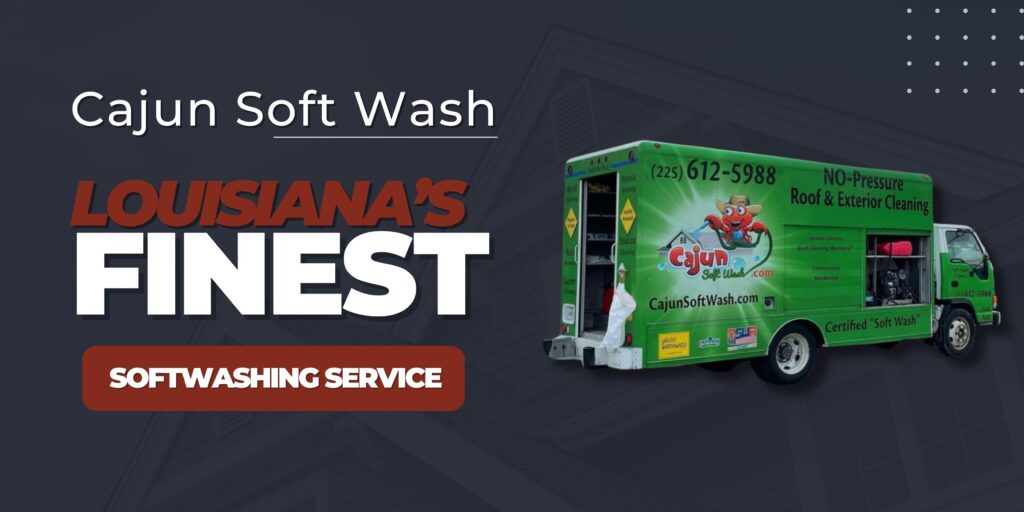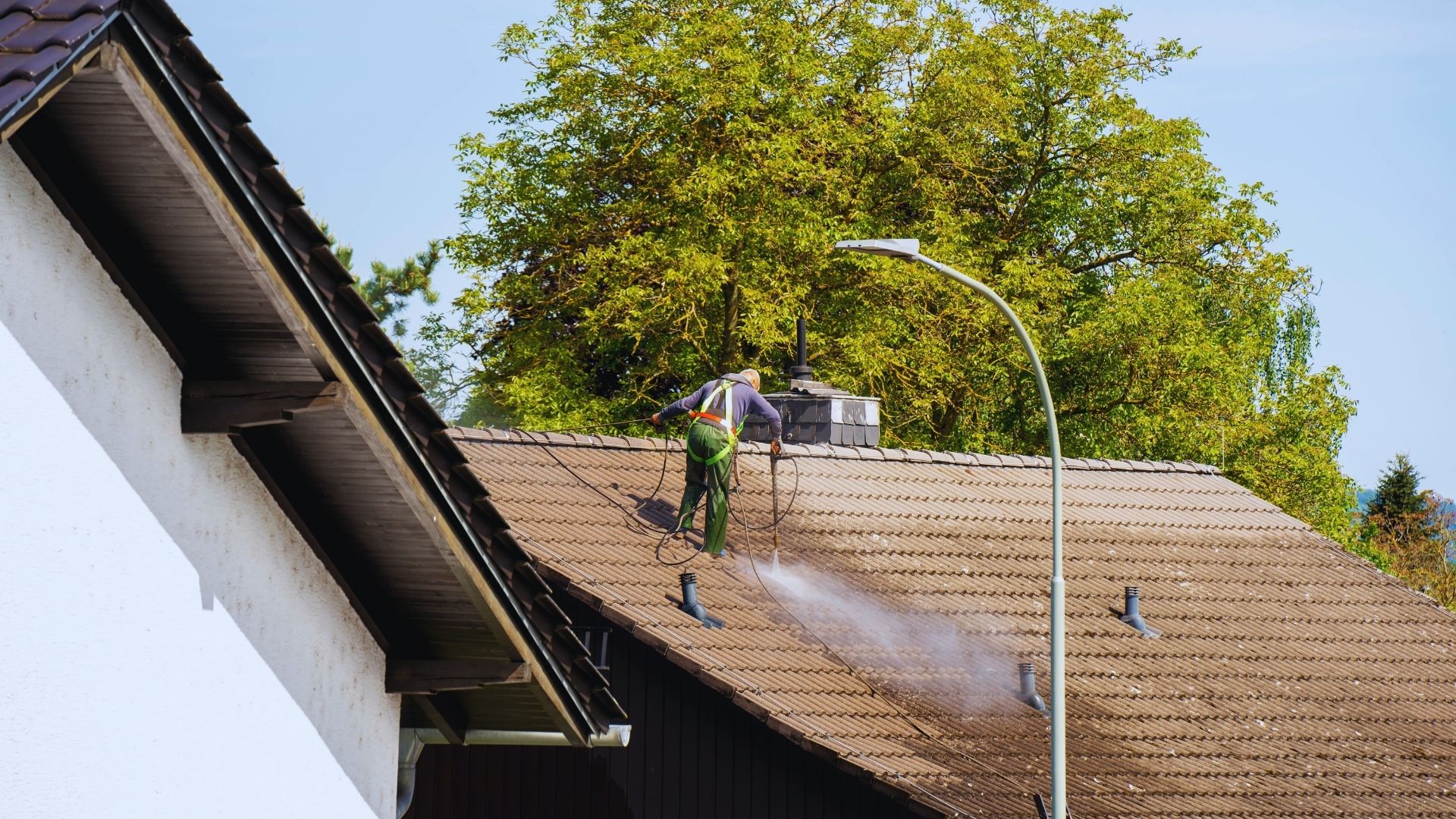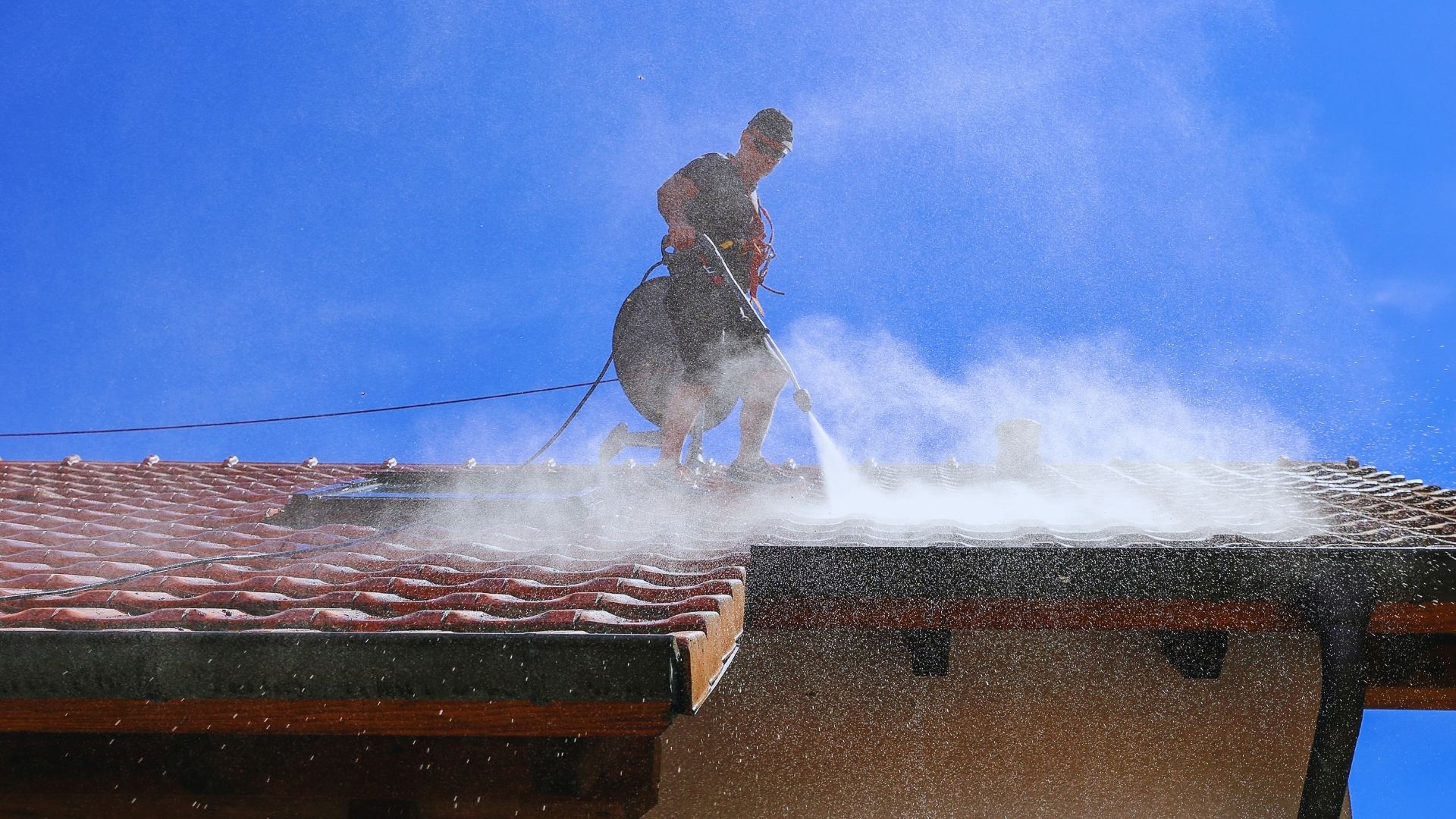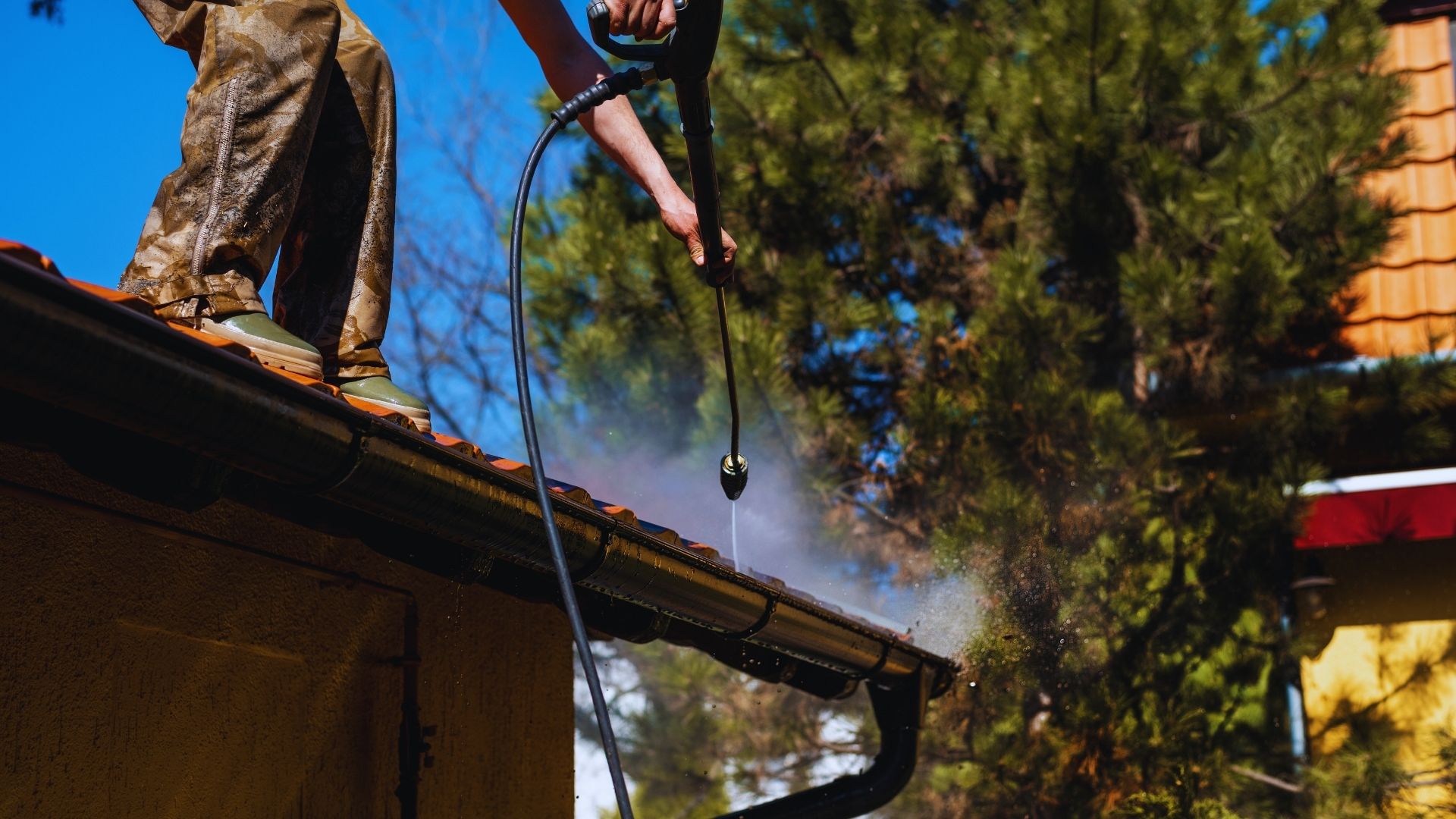That gross black stuff growing on stucco walls isn’t going away on its own. Most homeowners start noticing small dark spots near the foundation or around downspouts.
Before long, the mold spreads across entire wall sections, making houses look neglected and run-down. Learning how to remove mold from stucco becomes essential for anyone dealing with this frustrating problem.
Why Mold Grows on Stucco
Stucco might look solid, but it acts like a moisture sponge. All those bumps and tiny holes trap water for extended periods. Unlike smooth siding that sheds rain quickly, stucco holds onto every drop of moisture. Shaded areas or north-facing walls that never get direct sunlight create perfect mold-growing conditions.
Morning dew soaks into stucco surfaces. Before the material dries completely, more moisture arrives from sprinklers, rain, or humid air. Mold spores float everywhere in the environment, and when they land on damp stucco, they find ideal growing conditions.
Mold spreads faster than most people expect. A small patch hidden behind bushes can cover half a wall within weeks during humid weather. Once established, simple soap and water cleaning barely makes a dent in the problem.
Safety Measures That Can’t Be Skipped
Mold removal creates airborne spores that cause health problems when inhaled. Common reactions include sore throats, headaches, and coughing fits. People with asthma or allergies face even greater risks from mold exposure.
Proper protection requires a real respirator mask from hardware stores. Flimsy dust masks don’t provide adequate protection. Safety glasses prevent spores from getting into eyes, while rubber gloves protect hands from both mold and cleaning chemicals. Disposable clothing makes sense for extensive cleaning projects.
Weather conditions matter significantly for safety and effectiveness. Windy days spread spores throughout yards and potentially into houses through open windows. Calm, overcast days provide ideal working conditions. Plastic sheeting protects plants from chemical damage during cleaning.
The Proven Bleach Method
Bleach remains the go-to solution for many homeowners because it kills mold effectively when used correctly. Success depends on proper mixing ratios and application techniques. Weak solutions waste time, while overly strong mixtures can damage stucco or kill landscaping.
A 1:10 ratio of bleach to water handles most mold situations effectively. Pump sprayers provide even application across large areas. Starting at the bottom and working upward prevents a streaky appearance, though this feels counterintuitive to many people.
The biggest mistake involves rushing the process. Bleach needs 10-15 minutes of contact time to kill mold effectively. Immediate scrubbing reduces effectiveness significantly. After waiting, gentle scrubbing with soft brushes removes dead mold without damaging the stucco texture.
Thorough rinsing prevents long-term stucco damage from bleach residue. Use generous amounts of clean water and ensure no chlorine smell remains after cleaning.
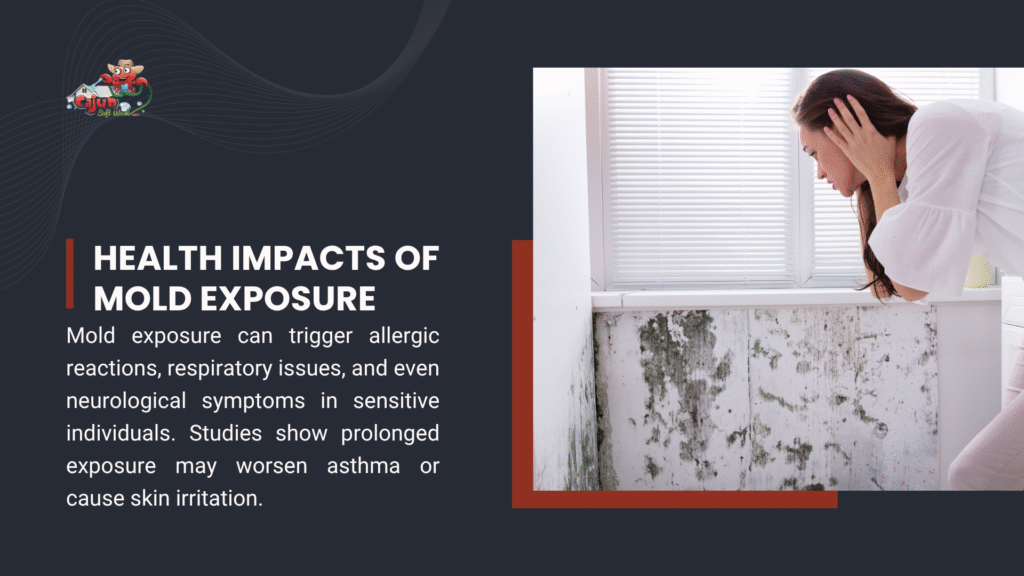
Natural Cleaning with Vinegar
Some homeowners prefer avoiding harsh chemicals around children, pets, or gardens. Cleaning stucco with vinegar provides gentler results without toxic fume concerns.
Regular white vinegar from grocery stores works effectively. Equal parts vinegar and water handle most mold problems, while straight vinegar tackles stubborn areas. The strong smell dissipates quickly once the surfaces dry.
Generous application followed by 30-minute waiting periods maximizes effectiveness. Tough mold requires longer contact times. The acid does most of the work, making patience more important than scrubbing effort.
Commercial Products That Deliver Results
Hardware stores stock numerous mold removal products that often outperform homemade solutions. Higher costs typically translate to faster results and longer-lasting protection. Many commercial products contain ingredients that prevent regrowth for months.
Label reading becomes crucial since products vary significantly. Some require dilution while others come ready to use. Application methods differ too – some work best with spraying while others need brushing on. Following directions exactly produces better results.
Mid-range products often provide the best balance between cost and performance, though expensive options usually work faster and last longer.
Professional Cleaning Approaches
Professional services provide access to equipment and chemicals unavailable to regular homeowners. Understanding these methods helps with hiring decisions versus DIY approaches.
| Method | Best Applications | Typical Cost Range | Time Requirements |
| Soft Washing | Most stucco types | $200-400 | 2-3 hours |
| Pressure Washing | Newer stucco only | $150-300 | 1-2 hours |
| Chemical Treatment | Severe problems | $300-600 | 3-4 hours |
| Steam Cleaning | Delicate surfaces | $250-500 | 4-5 hours |
Professionals understand how to clean stucco without causing damage while ensuring complete mold elimination. Commercial antimicrobial treatments last significantly longer than retail products.
Pressure Washing Considerations
Many homeowners wonder can you pressure wash stucco for mold removal. Success depends heavily on the stucco age and condition.
Newer stucco in good condition typically handles gentle pressure washing under 1,500 PSI. Higher pressures can force water behind stucco or damage surface texture. Older stucco or walls with existing damage should avoid pressure washing entirely.
Handling Severe Mold Infestations
Extensive mold coverage requires more intensive approaches than standard cleaning. Black mold on stucco demands special attention since certain species pose serious health risks.
Heavy infestations usually indicate underlying water problems that need addressing before cleaning becomes effective long-term. Leaky gutters, broken sprinkler heads, or poor drainage must be fixed first, or mold returns quickly.
Areas covering more than 10 square feet generally require professional treatment due to health risks and removal difficulty. Expert services justify their cost for extensive problems.
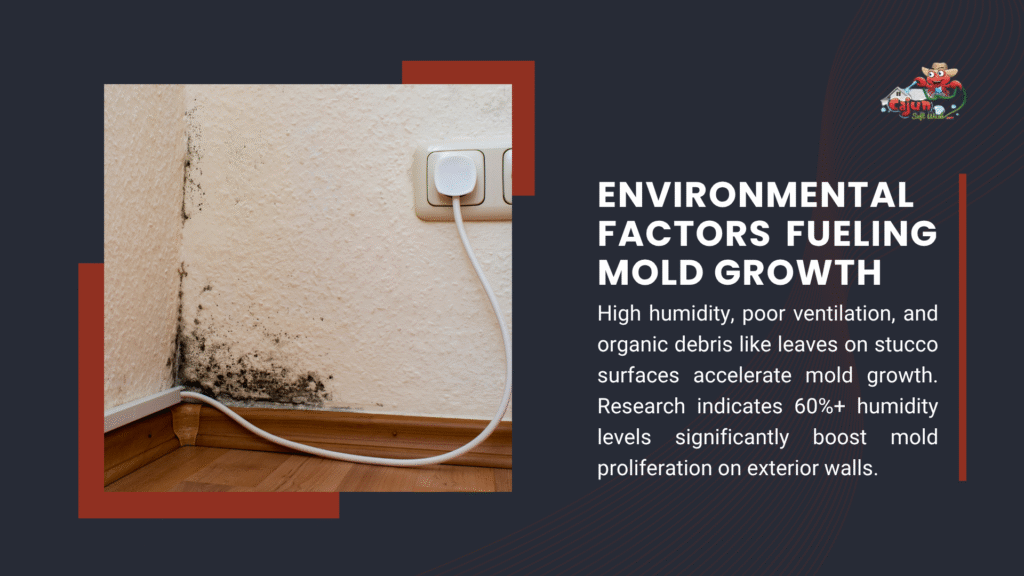
Budget-Friendly Homemade Solutions
Cost-conscious homeowners can create an effective homemade stucco cleaner using common household items. These work well for maintenance and light mold situations.
Baking soda mixed with minimal water creates a gentle abrasive paste that kills mold while eliminating odors. Regular dish soap combined with warm water provides a mild cleaning solution perfect for routine maintenance.
Tea tree oil costs more but offers a pleasant scent and continued antifungal action after application. A few drops mixed with water in spray bottles create natural treatments that help prevent regrowth.
White Stucco Special Challenges
White stucco shows every bit of dirt and discoloration, making mold problems extremely obvious. Knowing how to clean white stucco requires extra care to maintain a bright appearance.
Bleach works particularly well on white stucco since color fading isn’t a concern. However, excessive application leaves chalky residues that dull surfaces. Thorough rinsing and protective coatings help maintain a fresh appearance.
Abrasive cleaners scratch surfaces and create a gray, dingy appearance. Gentle methods take longer but preserve the original stucco appearance.
Effective Prevention Strategies
Learning how to remove mold from stucco is important, but prevention saves significantly more time and money. Most prevention focuses on moisture control around houses.
Proper drainage matters most for mold prevention. Water should flow away from houses rather than pooling against foundations. Regular gutter cleaning and downspouts directing water at least 6 feet from walls prevent most moisture problems.
Plants growing too close to stucco block airflow and trap moisture against surfaces. Even attractive landscaping can create perfect mold-growing microclimates.
Regular maintenance cleaning prevents small problems from becoming major issues. Twice-yearly washing with mild soap removes dirt and organic matter that feeds mold growth.
Roof-Related Moisture Issues
Roof problems often contribute to stucco mold through poor drainage and runoff issues. Understanding algae on roof shingles and the difference between moss and algae on the roof helps identify moisture sources affecting walls.
Learning how to prevent algae on roof surfaces, and the same with moss, indirectly reduces wall moisture problems. Many homeowners don’t realize that algae on the roof extends beyond roof damage to create wall mold conditions.
Long-Term Maintenance Requirements
After successful mold removal, maintenance routines prevent future problems. Regular visual inspections every few months catch new growth when it’s easier to address. Pay special attention after rainy periods or during humid summer months.
Immediate attention to cracks and damage prevents water entry points that lead to mold growth behind surfaces. Annual mold-preventing treatments in problem areas provide extra protection in challenging climates.
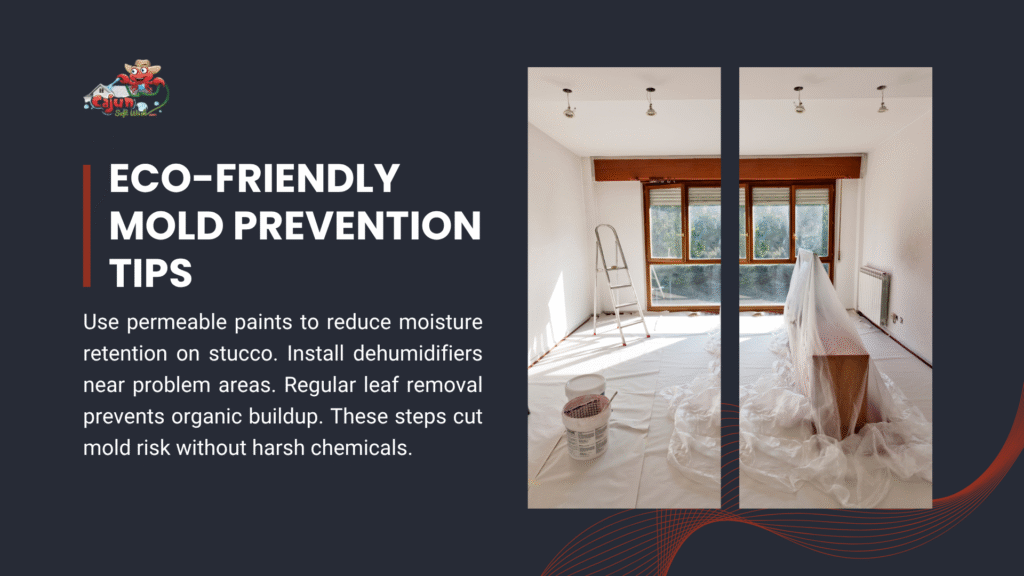
Get Expert Help for Persistent Mold Problems
Dealing with mold that keeps returning despite repeated cleaning efforts? Professional mold removal services have the equipment and expertise to eliminate stubborn mold problems permanently. Expert teams understand exactly how to remove mold from stucco while addressing underlying moisture issues that cause recurring problems. Stop wasting time and effort on temporary solutions that don’t last. The professionals at Cajun Soft Wash specialize in effective stucco cleaning that solves mold problems for good. Contact us today to schedule professional mold removal services and enjoy long-lasting results.


